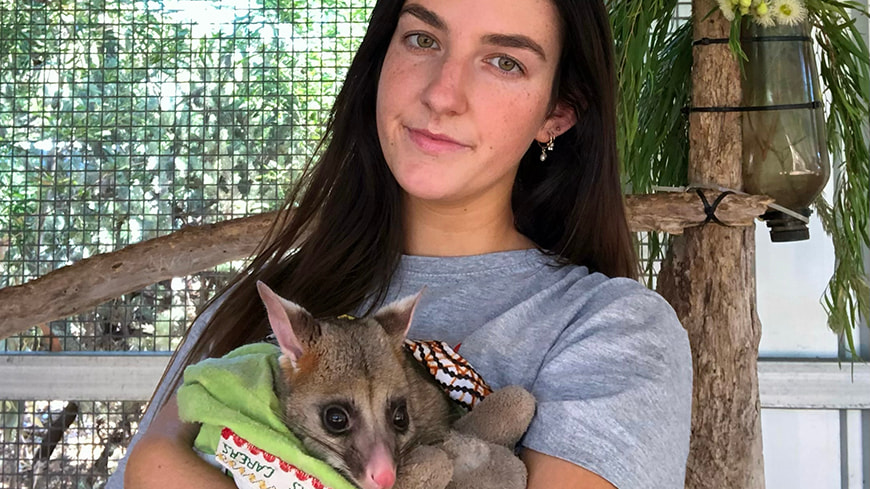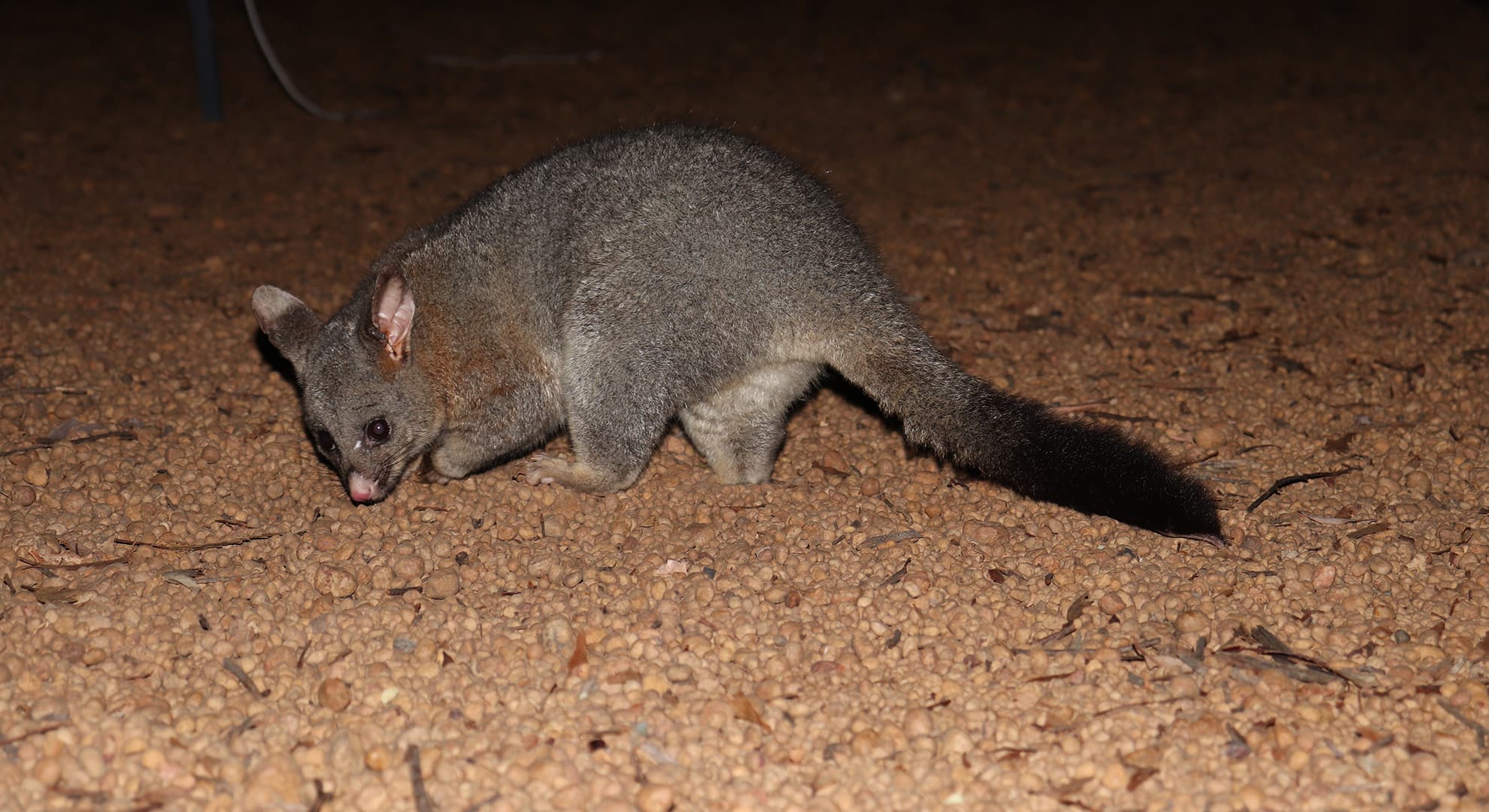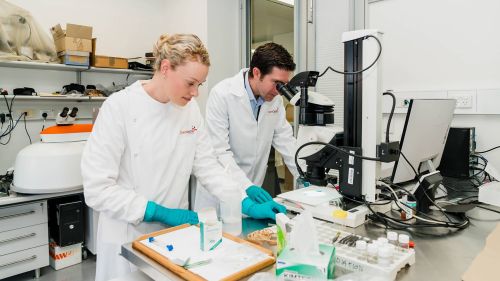Edith Cowan University (ECU) research has found new insights into the genetic structure of the common brushtail possum, including an additional subspecies in Western Australia.
The study by ECU PhD student Shelby Middleton has revealed that there are genetic differences between possums in the Pilbara and Mid West regions and those in WA's South West.
"This means the possums in the Pilbara and Mid West are a completely different subspecies to what we previously thought," Ms Middleton said.
"Previously it was thought that there were two subspecies in WA – those found around Perth and the South West and the northern brushtail possum found around Broome and the Kimberley - but now we know there are three subspecies in different locations across the state."
Ms Middleton said the study also found that possum populations in the Pilbara and Mid West are genetically closer to those found in the east of Australia, including a subspecies that was presumed locally extinct.
"The possums in the Pilbara and Mid West are more closely related to those found on the east coast, South Australia and central Australia," Ms Middleton said. "Brushtail possums are presumed to be locally extinct in central Australia, and the Pilbara and Mid West populations are closely related to those that formally inhabited the region."
 The study by ECU PhD student Shelby Middleton has revealed genetic differences between possums in the Pilbara and Mid West regions and those in WA's South West.
The study by ECU PhD student Shelby Middleton has revealed genetic differences between possums in the Pilbara and Mid West regions and those in WA's South West.
Brushtail possums are nocturnal marsupials native to Australia, and while they are common in some areas, other populations have suffered substantial decline in population size and distribution.
Ms Middleton conducted the study alongside the Western Australian Museum and Department of Biodiversity, Conservation and Attractions (DBCA).
Dr Travouillon, Curator of Mammals at the Western Australian Museum and one of Ms Middleton’s supervisors, said museum specimens were critical in this discovery.
"Without the WA Museum's extensive collection and genetic resources, this work would have not been possible. Museum collections are key to understanding biodiversity," Dr Travouillon said.
Ms Middleton said the findings have important implications for current conservation strategies.
"Little is known about the common brushtail possum in some regions and with populations declining, it is crucial to understand the genetic relationships," she said.
"Now we have a better understanding of the relationships within the species, we can be better informed when we're sourcing the animals for translocation."
Dr Linette Umbrello, DBCA research scientist and one of Ms Middleton's supervisors, said this discovery provided insight into the genetic relationships of common brushtail possums in WA and could inform how the species is managed.
"Thanks to this research, we now know that the distribution of subspecies of brushtail possum is slightly different to what was known previously," Dr Umbrello said.
"This information can be used to help guide management actions for the species as whole, especially for populations that might be considered uncommon."
The research is published in the Zoological Journal of the Linnean Society.

 The findings could have important implications for how brushtail possums are managed.
The findings could have important implications for how brushtail possums are managed.



